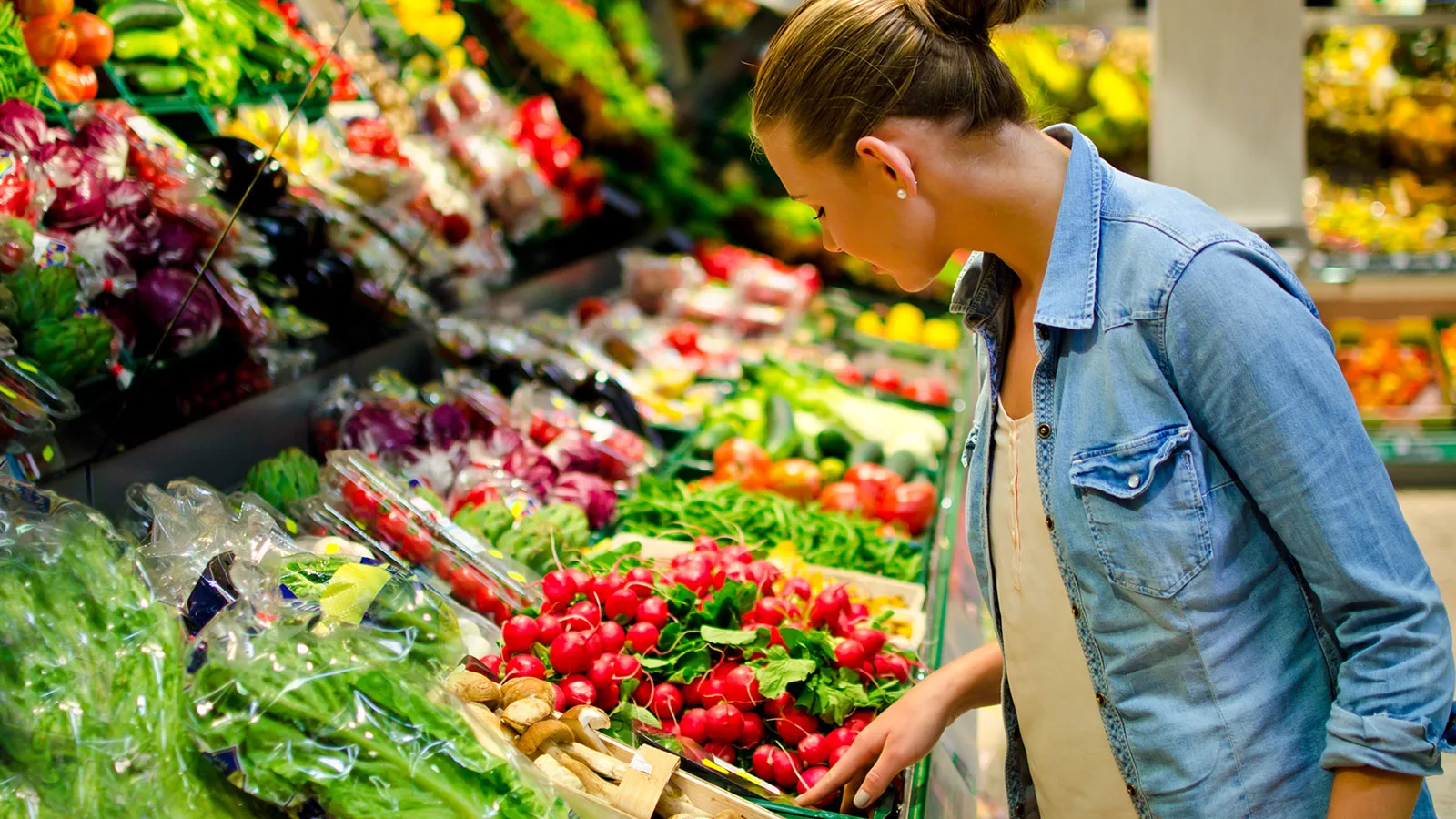This article discusses the “greenium” in the context of pricing of sustainable products and services, both consumer and B2B, compared to conventional options.
In a separate article we will reflect on the greenium in relation to investors paying valuation premium or accepting lower yields in exchange for sustainable impact. These discussions will be kept distinct to avoid conflating the term’s use in product pricing and yields for equity or bonds.
Balancing price premium and volume in sustainable business
As sustainability becomes integrated into corporate strategy, businesses are increasingly eager to capture and embed the financial value of their low-carbon investments and capture the greenium.
Some surveys indicate that consumers are willing to pay from 9.7% to 27.6% more on average for sustainably sourced goods;1,2,3,4 however, other surveys suggest that this willingness tends to decline in inflationary environments and does not necessarily convert into actual purchasing behavior.5,6,7,8
The long-term objective is to normalize sustainable offerings within mainstream portfolios. As Bill Gates aptly puts it, “We need the premiums to be so low that everyone will be able to decarbonize.”9 The ideal position for a corporate is to secure a price premium for its sustainable product while driving down unit costs as economies of scale kick-in, improving the profit margin.
Case study: Holcim’s low-carbon concrete strategy
Holcim, a global supplier of building materials and WBCSD member, exemplifies a successful approach to managing this trade-off. Through its ECOPact concrete and ECOPlanet cement lines, each offering at least 30% lower CO₂ emissions compared to standard local alternatives, Holcim has developed a portfolio of sustainable building materials that not only contribute to decarbonization but also deliver premium margins.10
Both volumes and profitability have expanded significantly in recent years:11,12
| Metric | 2023 | 2024 | Trend |
|---|---|---|---|
| ECOPact share of ready-mix concrete sales |
19% | 29% | Rapid uptake, +10pp |
| ECOPlanet share of cement sales |
19% | 26% | Strong growth, +7pp |
| Share of net sales from sustainable building solutions |
30% | >36% | Increasing contribution |
| Recurring EBIT margin (Group) | 17.6% | 19.1% | +150 bps margin expansion, attributable to sustainable products |
Holcim’s financial performance highlights the benefits of a tiered low-CO₂ portfolio, combined with spec-in on projects and ongoing recipe/procurement innovation, so that any green price delta is modest and is shrinking as scale builds. This ultimately accelerates adoption and improves economics: higher average selling prices with disciplined discounting; progression to declining unit costs as learning and supply contracts take effect; sustained gross-margin contribution, resulting in stronger cash generation from lower energy intensity; and improving returns on capital as low-carbon products become the default rather than a niche.
A cross-sector opportunity
Other sectors reflect similar dynamics. In steel, WBCSD member JSW Steel has introduced its low-carbon GreenEdge product line, targeting European markets where carbon policies such as the Carbon Border Adjustment Mechanism (CBAM) make low-carbon steel more competitive since the levy on high-carbon imports typically exceeds the greenium, creating a net cost advantage.13,14 This is in contrast to more price-sensitive regions where premiums are more difficult to sustain. The lesson here is strategic segmentation and customer education: target regulated and reputation-sensitive buyers first, while building cost reduction pathways to expand addressable demand.15
Danone, a WBCSD member in consumer goods, also recognizes the additional hurdles to scale sustainable offerings due to market sensitivity to pricing. Its strategy is to emphasize scaling sustainability inside core categories (dairy, plant-based, waters, specialized nutrition) while simplifying the portfolio. For instance, Danone recently sold its premium organic dairy brands since they made up only ~3% of Danone’s revenue and were dragging on growth and margin,16 freeing up capital and reducing complexity. The implication, as with JSW, is clear: sustainability-led differentiation must be paired with commercial scalability.
Strategies to navigate the greenium
- Engineer costs down fast: Lock in scale with supply‑chain contracts and co‑investment.
- Target segments precisely: Use regulatory exposure (e.g., CBAM, local codes) to match tiered premiums to customers who value them most.
- Communicate lifetime value: advertise total cost of ownership (e.g. energy savings, carbon costs avoided), not just upfront price.
- Build cross-value chain partnerships: Use agreements to share costs and benefits (e.g. platform sharing in the automotive sector17).
Conclusion
Achieving a balance between capturing value and reducing costs is key to managing the price premiums associated with sustainable goods. Companies such as Holcim, JSW Steel, and Danone demonstrate that focusing on regulated markets, clearly articulating lifetime benefits, and building cross-chain alliances can enhance both uptake and profitability — that embedding sustainability into business planning provides a competitive advantage.
What’s next: Our follow‑on piece — Financial quantification: discount rate and the financing “greenium” — will translate commercial choices discussed above into valuation mechanics. We’ll go deeper on WACC, discount rates, and terminal value (TV), and the impact of the financing greenium. The series will continue to delve deeper, using concise case studies, into scenario planning and sensitivity analysis, how improvements in pricing power, cost curves, and financing terms flow through to NPV, EBITDA/FCF profiles and enterprise value, including simple templates IR and FP&A teams can reuse.
For an overview of this series in the context of WBCSD and ERM’s collaboration on quantifying sustainability for corporate finance, see here.
- PwC. (2024). PwC 2024 Voice of the Consumer survey. Retrieved at: https://www.pwc.com/gx/en/news-room/press-releases/2024/pwc-2024-voice-of-consumer-survey.html ↩︎
- Capital One. (2025). Eco-Conscious Consumer Statistics. Retrieved at: https://capitaloneshopping.com/research/eco-conscious-consumer-statistics/ ↩︎
- Deloitte. (2023). Green products come of age. Retrieved at: https://www.deloitte.com/us/en/insights/industry/retail-distribution/consumer-behavior-trends-state-of-the-consumer-tracker/sustainable-products-customer-expectations ↩︎
- Hu, T., Mamun, A, et al. (2024). Examining consumers’ willingness to pay premium price for organic food. Nature. Retrieved at: https://www.nature.com/articles/s41599-024-03789-6 ↩︎
- Deloitte. (2023). Economic uncertainty puts pressure on sustainable behavior change. Retrieved at: https://www.deloitte.com/us/en/insights/topics/environmental-social-governance/sustainable-consumer-behaviors.html ↩︎
- Stanford Report. (2025). How shoppers talk about sustainability doesn’t match how they spend. Retrieved at: https://news.stanford.edu/stories/2025/05/study-sustainability-ecolabels-consumer-behavior ↩︎
- McKinsey & Company. (2025). Sustainability in packaging – across the value spain, and in 2025 and beyond. Retrieved at: https://www.mckinsey.com/industries/packaging-and-paper/our-insights/sustainability-in-packaging-across-the-value-chain-and-in-2025-and-beyond ↩︎
- GlobeScan. (2025). Sustainability in the USA: What Consumers Think and Expect in 2025. Retrieved at: https://globescan.com/2025/05/14/insight-of-the-week-more-americans-say-they-are-buying-sustainable-products-in-2025 ↩︎
- Gates, B. (2021). Bill Gates on how to invest in climate innovation. TIME. Retrieved at: https://time.com/5930098/bill-gates-climate-change/ ↩︎
- Holcim Group. (2024). Climate Report 2023. Available at: https://www.holcim.com/sites/holcim/files/2024-04/28022024-holcim-climate-report-2023.pdf ↩︎
- Holcim Group. (2024). Full-year 2024 results. Available at: https://www.holcim.com/media/media-releases/full-year-2024-results ↩︎
- Holcim Group. (2025). Record performance in 2024, well positioned for 2025. Retrieved at: https://www.holcim.com/media/media-releases/full-year-2024-results ↩︎
- Using the European Commission’s default emission intensity for steel (>2 tCO₂e per ton of steel), EU importers should factor an extra cost of up to €200 per ton under CBAM. Extracted from: Deloitte. (2024). Preparing for the Carbon Border Adjustment Mechanism (“CBAM”). Retrieved
at: https://www.deloitte.com/global/en/services/tax/perspectives/carbon-border-adjustment-mechanism.html ↩︎ - A recent assessment by Fastmarkets reported a green steel premium of €60–70 per ton in Northern Europe (offers/bids), with some buyers estimating €20–50 per ton tradable levels. Extracted from: Eurometal. (2025). Retrieved at: https://eurometal.net/european-green-steel-premiums-hold-steady-as-demand-stays-weak-nordic-buyers-lead-uptake
↩︎ - Pradhan, R. (2024). JSW Steel’s GreenEdge launch, a game changer in India’s green steel journey. Retrieved at: https://www.linkedin.com/pulse/jsw-steels-greenedge-launch-game-changer-indias-green-pradhan-7sopc ↩︎
- Agriculture Dive. (2023). Danone to sell Horizon Organic and Wallaby brands to PE firm. Available at: https://www.agriculturedive.com/news/danone-to-sell-horizon-organic-and-wallaby-brands-to-pe-firm/703912/ ↩︎
- One such example is Volkswagen and Ford’s collaboration. See: Volkswagen Group. (2022). Volkswagen and Ford expand collaboration on MEB Electric Platform. Retrieved at: https://www.volkswagen-group.com/en/press-releases/volkswagen-and-ford-expand-collaboration-on-meb-electric-platform-16817 ↩︎
Outline

